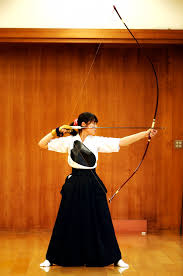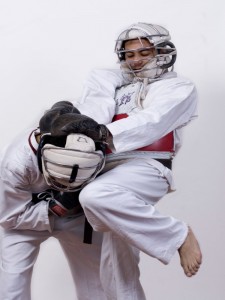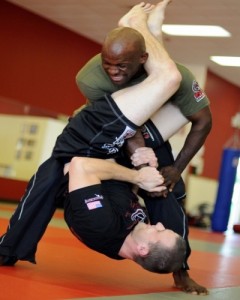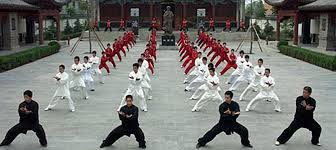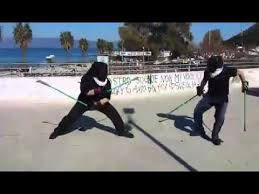Japanese martial
Sambo
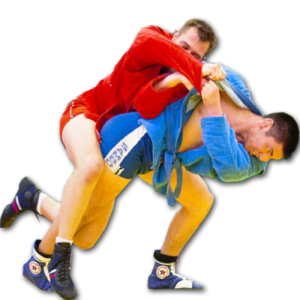 The history of martial arts Self-defense Without Weapons, better known to everyone as sambo, dates back to the 1920s and is the product of the combination of the three systems.
The history of martial arts Self-defense Without Weapons, better known to everyone as sambo, dates back to the 1920s and is the product of the combination of the three systems.
The first was “SAM”, based on the techniques of ju-jitsu. Receptions of oriental masters were optimized for the needs of Ugra agents V. Spiridonov.
The second system that entered the martial art of sambo was the development of the NKVD. It was a combination of English and French boxes, American wrestling, Finnish knife and stick handling techniques. Developed the system Oznobishin N.N.
The third system was developed by V.S. Oshchepkov, who mastered the martial art of judo in Tokyo “Kodokan.” The system was built on the basis of judo and supplemented by national characteristics of various types of struggle of the peoples of the Union republics.
During the years of repression, in the course of the struggle against the class enemy, sambo was legally Continue reading
Sumo
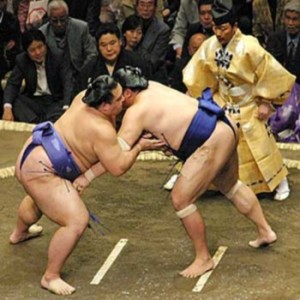 In sumo, two wrestlers determine the winner on a round court.
In sumo, two wrestlers determine the winner on a round court.
The birthplace of sumo is Japan, whose residents attribute this ancient martial art to martial arts. Japan is the international center of sumo, it is here that all the competitions of professionals in this form of martial arts are held, accompanied by a huge variety of rituals associated with centuries of history. Modern sumo is a synthesis of martial arts, business, performances and ancient traditions.
The first mention of sumo is found in the book of 712. There is a legend where two gods fought in a sumo fight for the right to possess the islands of Japan. It was from the victorious deity that the genealogy of the emperor of the country was conducted. Sumo is also mentioned in texts of the 8th century, where this martial art was called sumai and was associated with Shinto religious rites. This struggle was an important part of the rituals at the court of the emperor. Representatives from all islands of Japan should participate in fights. Sumo was also used in combat training to hone the ability to stand steady during battles. However, the modern round platform for martial arts – Doha – appeared only in the 17th century. Continue reading
Pekiti-tirsia Kali
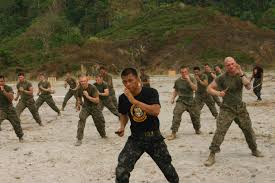 Pekiti-tirsia Kali is an ancient martial art of the Philippines. “Kali” in the name of martial arts denotes its relationship to the ancient arts of Kali.
Pekiti-tirsia Kali is an ancient martial art of the Philippines. “Kali” in the name of martial arts denotes its relationship to the ancient arts of Kali.
Pekiti-tirsia is primarily the art of owning different weapons, and secondly, it is the art of combat. Those in possession of pecity-tirsia believe that it will be easier for martial arts students to remember the correct directions of movement if they train with a stick and then with real weapons. Then, when the student will hold receptions with his bare hands, he will apply the same movements unconsciously.
History of occurrence Continue reading
